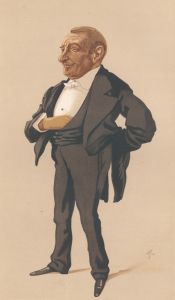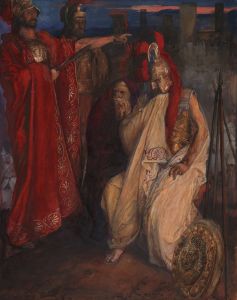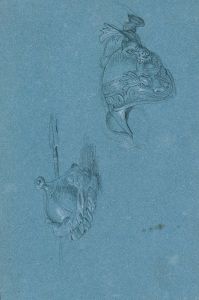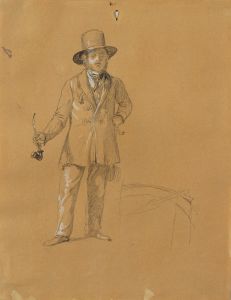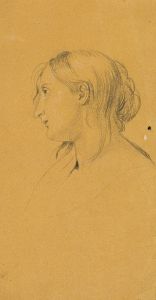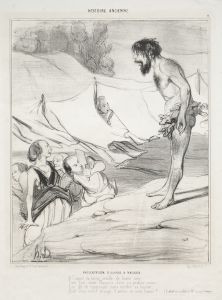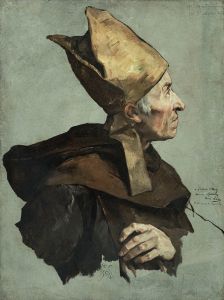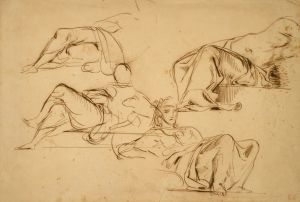
Herkules und Omphale
A hand-painted replica of Johann Peter Krafft’s masterpiece Herkules und Omphale, meticulously crafted by professional artists to capture the true essence of the original. Each piece is created with museum-quality canvas and rare mineral pigments, carefully painted by experienced artists with delicate brushstrokes and rich, layered colors to perfectly recreate the texture of the original artwork. Unlike machine-printed reproductions, this hand-painted version brings the painting to life, infused with the artist’s emotions and skill in every stroke. Whether for personal collection or home decoration, it instantly elevates the artistic atmosphere of any space.
Johann Peter Krafft's painting Herkules und Omphale (Hercules and Omphale) is a work by the Austrian painter, who was active during the late 18th and early 19th centuries. Krafft, known for his historical and genre paintings, often drew inspiration from classical mythology and historical themes. This particular painting depicts a scene from Greek mythology involving Hercules, the hero renowned for his strength and legendary Twelve Labors, and Omphale, the queen of Lydia.
The myth of Hercules and Omphale is a well-known episode in classical mythology. According to the myth, Hercules was punished for a crime and sold into servitude to Omphale as part of his penance. During his time in her service, the roles between the two figures were often humorously reversed, with Hercules performing traditionally feminine tasks such as spinning wool, while Omphale donned his lion skin and wielded his club. This inversion of gender roles and power dynamics has been a popular subject in art and literature throughout history, symbolizing themes of love, submission, and the subversion of traditional norms.
Krafft's interpretation of this myth is characteristic of the Neoclassical style, which was prevalent during his time. Neoclassicism sought to revive the ideals of classical antiquity, emphasizing clarity, order, and harmony. In Herkules und Omphale, Krafft likely employed these principles to depict the figures with idealized forms and a balanced composition, though specific details about the painting's visual elements, such as its color palette or the exact arrangement of the characters, are not widely documented.
Johann Peter Krafft was a prominent figure in Austrian art, serving as the director of the Academy of Fine Arts in Vienna later in his career. His works often reflected the cultural and intellectual currents of his era, blending classical themes with a sense of Romanticism. However, detailed information about the creation, commission, or reception of Herkules und Omphale is not readily available in historical records.
Due to the limited documentation on this specific painting, further research would be required to provide a more comprehensive analysis of its context, style, and significance within Krafft's oeuvre.






